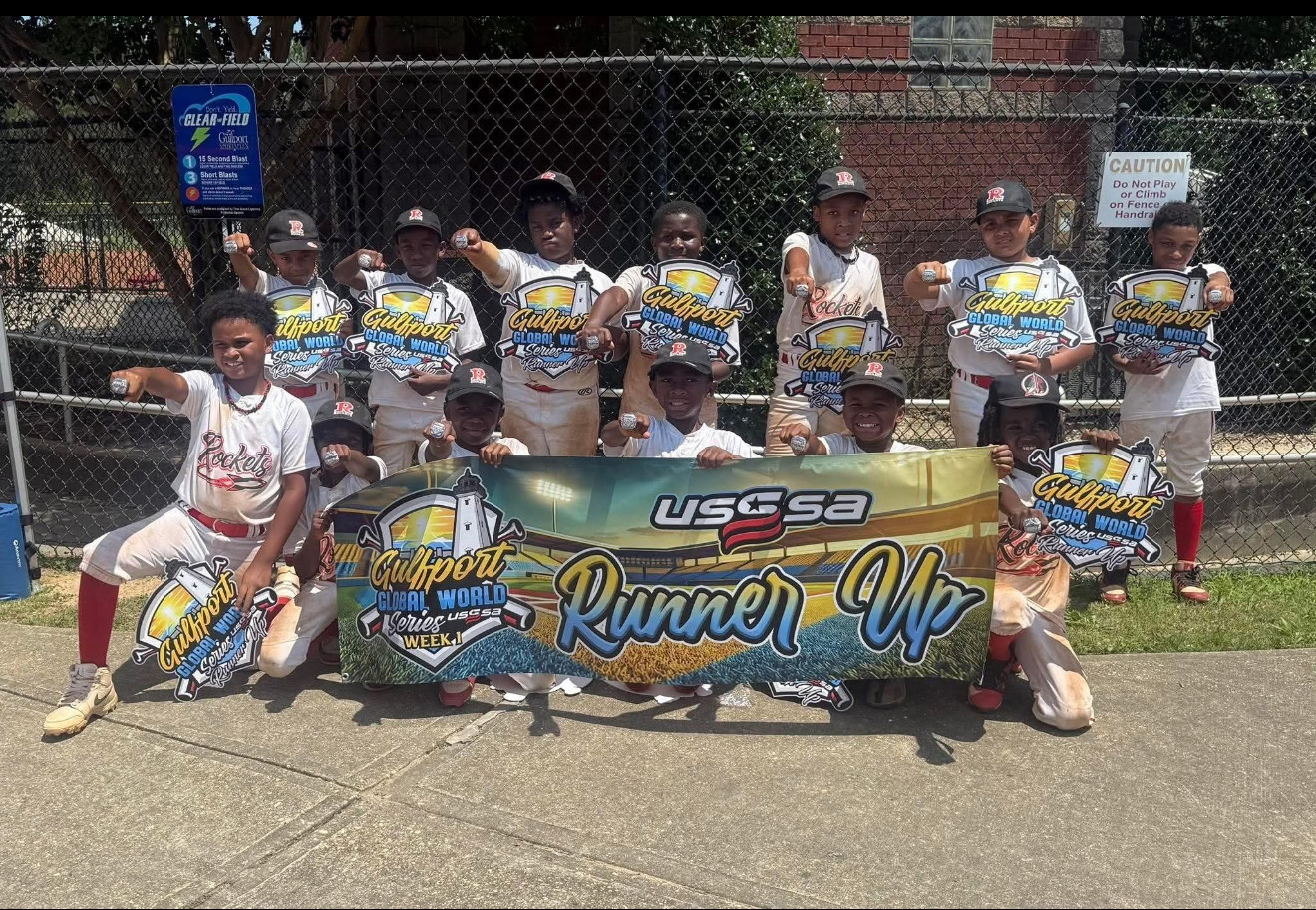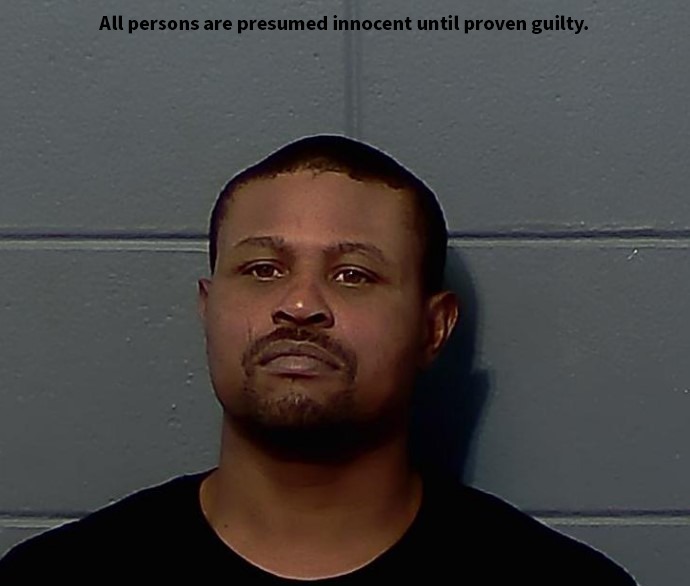Editorial: Cut The Crossings And Help Save Lives
Published 12:00 am Wednesday, May 13, 1998
L’Observateur / May 13, 1998
Too many people have died or been crippled by accidents involving vehicles and trains in St. John the Baptist Parish, and there things which can bedone immediately to help head off such accidents in the future. It’s timewe take those steps.
One of those things, of course, is a renewed push for motorist safety, urging them to take greater care when approaching railroad crossings.
Trains cannot stop on a dime or swerve to avoid something on the tracks.
Engineers depend upon motorists to look out for themselves and show some common sense.
We readily admit it’s easy to be focused on the driving and take rail crossings for granted. There may be children in the car, or the radio is onor something is on the mind of the motorist other than his or her own personal safety.
In short, motorists must keep safety uppermost in their minds while driving, their own and that of drivers around them. It’s easy for us to justhop into the driver’s seat and whirl to our destinations, oblivious of such concerns. That’s a mistake, though, and one which can easily be fatal.Furthermore, the town of Reserve was founded on the sugar cane industry, and many of the roads were built on the old railroad grades of the tiny engines and other roads which brought cane to the Godchaux Sugar Refinery. However, the sugar refinery is gone now, a museum will recallthose days, and it’s time we think about cutting those railroad crossings as well.
A town the size of Reserve can do quite well with three railroad crossings at the Kansas City Southern tracks: Central Avenue, West 10th Street and East 22nd Street. Streets could be connected by roads built alongside therailroad right-of-way to provide better access and that, in itself, would provide improved visibility for motorists approaching those tracks.
It’s noticeably better along the Illinois Central Gulf tracks in Reserve, where visibility is much better and such accidents are less common than at the KCS tracks. With improved visibility, it’s more likely a distractedmotorist will notice an approaching train.
The KCS railroad crossings include East 22nd Street, Homewood Place, Central Avenue, Cedar Drive, Northwest Second Street, Northwest Third Street, Northwest Fourth Street, West 10th Street, Rosenwald Street and West 19th Street. That’s far too many for a town the size of Reserve,especially as nearly all of them are in residential areas.
There are even more crossings at the ICG tracks, yet less accidents, which shows it’s not just the number of crossings but other issues involved, such as visibility.
Whether a train engineer sounds or doesn’t sound his horn, or whether there are crossing gates or lights at every crossing, cutting the number of crossings will help save lives.
The likelihood of crossing gates at every KCS crossing in Reserve is not high, and even with crossing gates, there are always motorists who will swerve through them in the path of approaching trains. Cut the crossingsand you cut the accidents. If a car can’t reach the tracks, it can’t be hit bya train.
St. John Parish is not only a leader in train-car fatality accidents inLouisiana but also across the nation. It’s nothing to be proud of, but it’ssomething we can correct.
Return To News Stories




